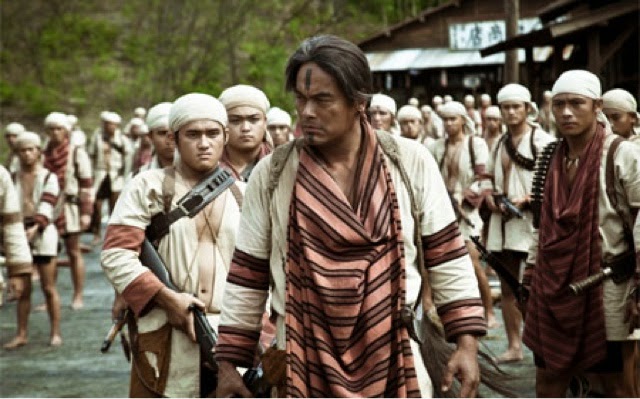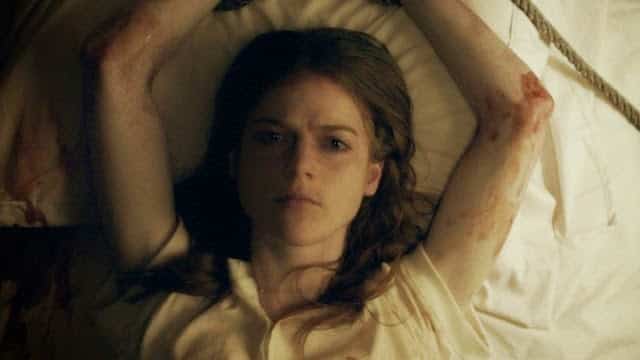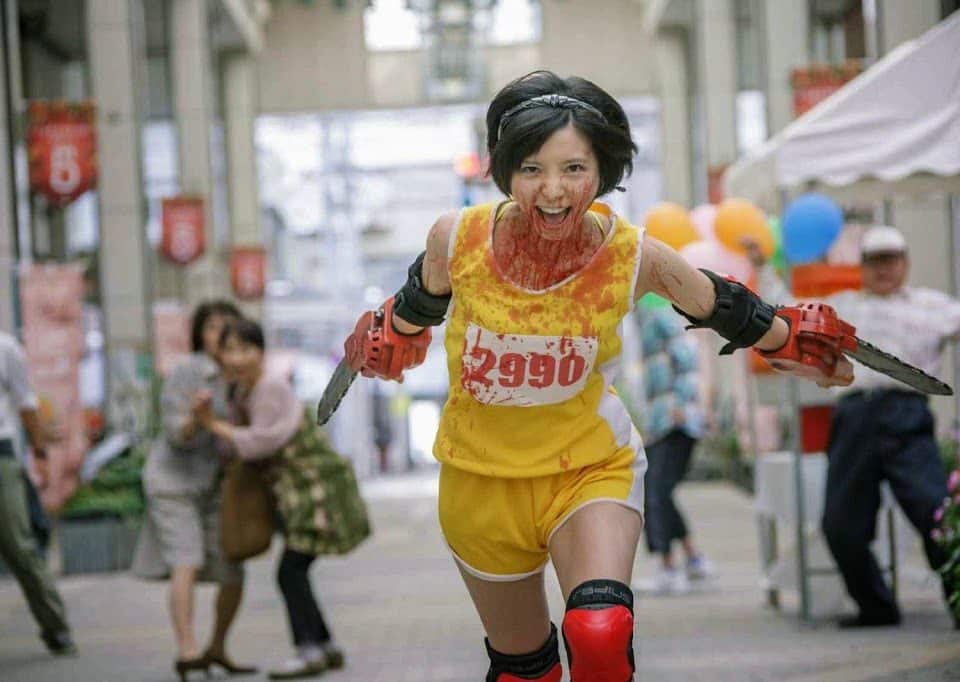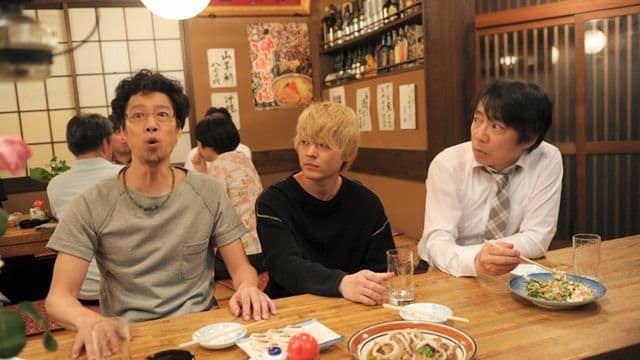
Punch (Han Lee, 2011)
March 11, 2013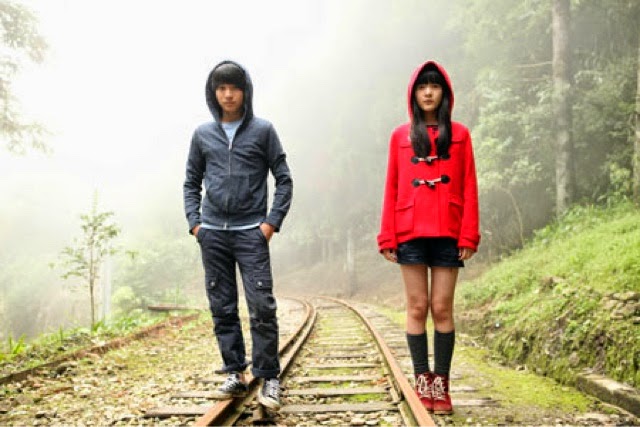
Starry Starry Night (Tom Lin, 2011)
March 26, 2013Warriors of the Rainbow: Seediq Bale is an epic tale about the indigenous people of Taiwan, their lives, culture and values, before the encroachment of the Japanese.
The most striking thing about WotR is how much of a labour of love it seems to be for its filmmaker; it is felt both in the movie’s story and in its direction. Te-sheng Wei, along with producer John Woo (Face Off, Red Cliff) have accomplished a very difficult feat: a large, accessible caveat film with mainstream potential, with no flagrant awards pretension; engagingly fleshed-out characters on both sides of the positional divide; a disarming honesty in telling this story with a certain degree of objectivity; and an inevitability of action stemming from the characters’ cultural backgrounds.
The director’s cut is divided by an intermission into two parts: the first one, an ethnographic look into the Seediq Bale, recalls the tribe’s way of life, the Japanese invasion and the natives’ exploitation at the hands of the Japanese. These first two hours methodically reconstruct the Seediq Bale’s culture and traditions, immersing us in their subjectivity and their thought process through their conquest and their consequent subservience. It is an important part of the film, one that brings all the more weight to the following story.
After their bloody insurgence at the end of the first part of the film, the second part concerns itself with the inevitable destiny of the Seediq Bale. Outgunned by the Japanese’s modern warfare, the natives employ stealth and cunning to gain an edge over their adversaries. In the end, they inexorably succumb to the Japanese’s superior firepower, sacrificing everything they possess and everyone they love in the process. But, even though the ending is bitter, the movie’s discourse cedes moral victory to the Seediq Bale, a victory of character and honour and pride.
Warriors of the Rainbow is an important movie for Taiwan, showing an ethnic history rarely depicted in the local cinematography. It is also, by far, the best movie of 2012.
Note: The film print presented at Fantasia was a beautiful 35 mm director’s cut; the movie has now been released in North America with almost half its running time edited out. If you watch this film, try to find the four-hour version.
More info on IMDB
- Black Panther: A Perspective - March 20, 2018
- Seven Pounds (Gabriele Muccino, 2008) - May 5, 2015
- Honeymoon (Leigh Janiak, 2014) - January 30, 2015
